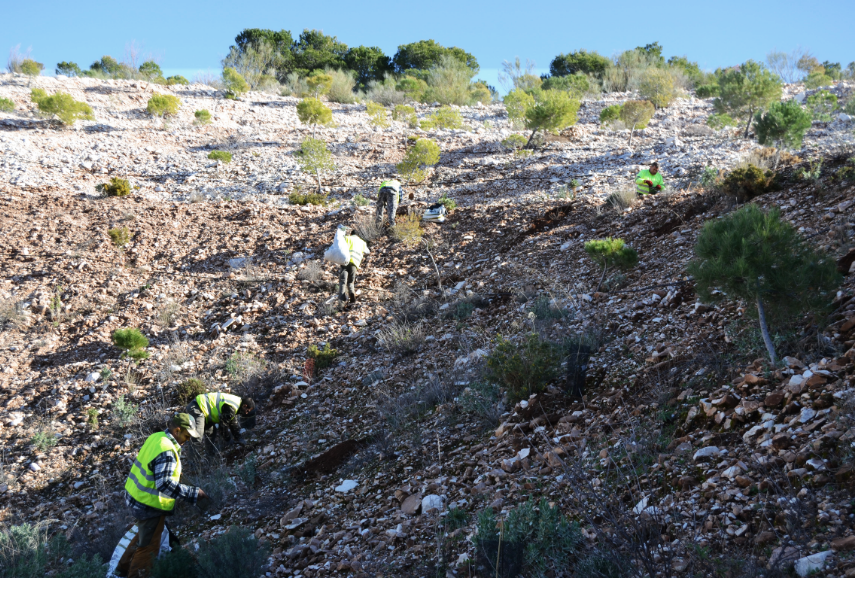
Soil recovery
Pine trees, holm oaks and shrubs grow with vitality in the reintegrated areas thanks to Prodomasa’s restoration methods. In 2010, Prodomasa launched the landscape reintegration project for the area affected by the extraction of the El Puntal Mining Concession, in the Sierra de Coín. This project started with research work carried out for years with the objective to determine the most suitable restoration system for the affected surfaces under three fundamental conditions:

The regenerated areas should not be considered as a simple amendment, but as open spaces in which, after the work, biodiversity and its reincorporation into the mountains are guaranteed.

It is a priority to eliminate as much as possible any vestige of the exploitation banks which was a habitual and unsolved problem of mining operations on hillsides.

We now control the erosive effects on the new soils, establishing conditions for their settlement and natural evolution of consolidation and maturity.
After a decade it can be confirmed that the project is giving the expected results: local trees and shrub species grow healthily and settle on a slope that gradually recovers its initial morphology. This is the starting point of a long-distance race in which we continue to invest and work to achieve the total environmental integration of the affected areas.
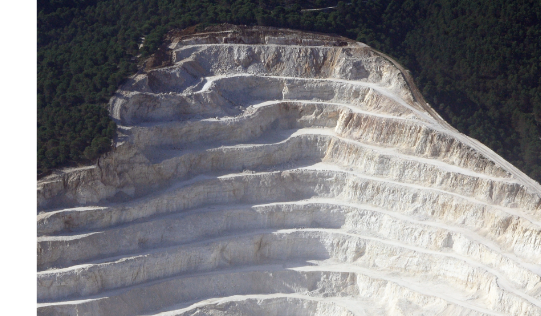
2010
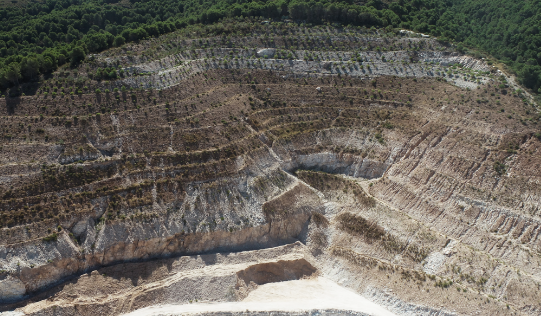
Actualidad
Do you want to know about our latest reinstatement projects?
Pinsapos El Puntal
The surface regenerated by the restoration works of the El Puntal mining operation of Prodomasa, has a total of 56 Pinasapos fir trees, a planting that is framed within the actions defined by the Pinsapo Recovery and Conservation Program developed by the Junta de Andalucía through the Ministry of the Environment.
This repopulation was carried out at the end of 2020, after the results of an exhaustive high-level scientific study undertaken since 2018 by the Ministry.
The Pinsapo is considered the Andalusian fir, since it survives only in Andalusia. This is due to a local phenomenon that protected this species in the region from the devastating effects of the last ice age more than 20,000 years ago.
Despite its strong resistance to survive the Ice Age, numerous factors including environmental conditions, the action of man and its natural difficulty to self-propagate make is officially listed as a species at high risk of extinction. Its very presence is rare in the mountains of the province of Malaga.
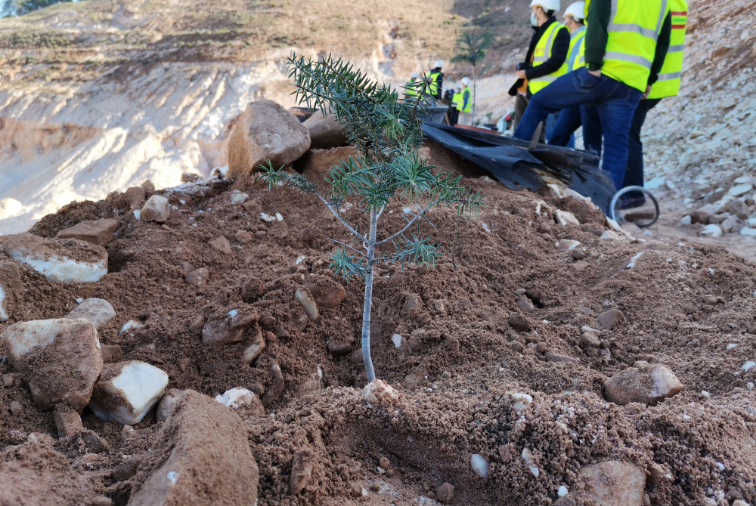
Pinsapos Sierra Negra
Another line of action promoted by the Junta de Andalucía is the replenishing of the Pinsapo populations in degraded ecosystems, which also has the support of Prodomasa.
An example of this is the project using complex reforestation techniques by planting and conditioning areas in the Sierras de Coín, an action that is included within the compensatory agreement derived from the mining extraction agreement with the Ministry of Environment. This has a significant financial cost which is borne entirely by the company. During the months of January and February of 2021 and 2022, a company specializing in reforestation works planted about 1000 specimens aged between 2 and 9 years old, as well as more than 15,000 seeds in the Sierra Negra.
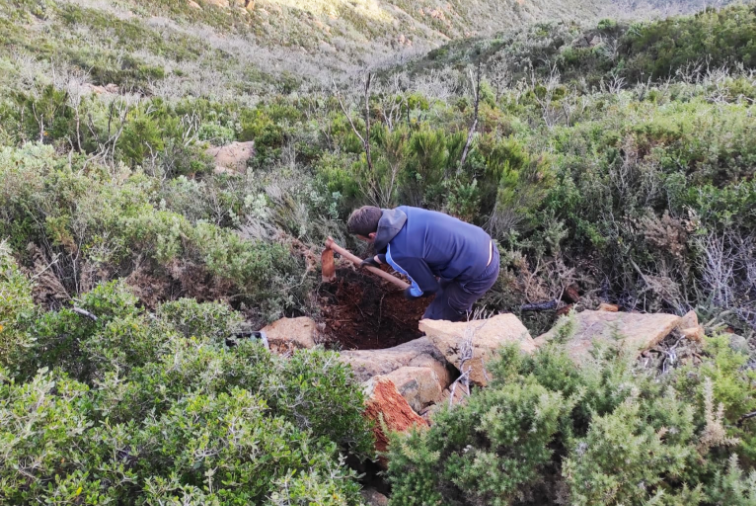
Environmental Product Declaration
What is an environmental product declaration?
An Environmental Product Declaration (EPD), according to ISO 14025, is a report detailing the environmental profile of a product or system. The quantification of the environmental indicators contained in said study is carried out from the Life Cycle Assessment (LCA) methodology according to ISO 14040 and following a series of predetermined criteria and requirements (Product Category Rules, RCP). CPR make it possible to compare products with similar functions.
At Prodomasa we provide the Environmental Declarations of our Products, which provide objective information on the environmental impact of products throughout their entire life cycle (from the obtaining of its raw materials, to its end of life, going through the manufacturing, distribution and user phases of the product) and are a useful instrument for the environmental improvement of products and production processes, as well as for compliance of current environmental legislation and for decision-making in a chain of supply or purchasing procedures with environmental requirements.
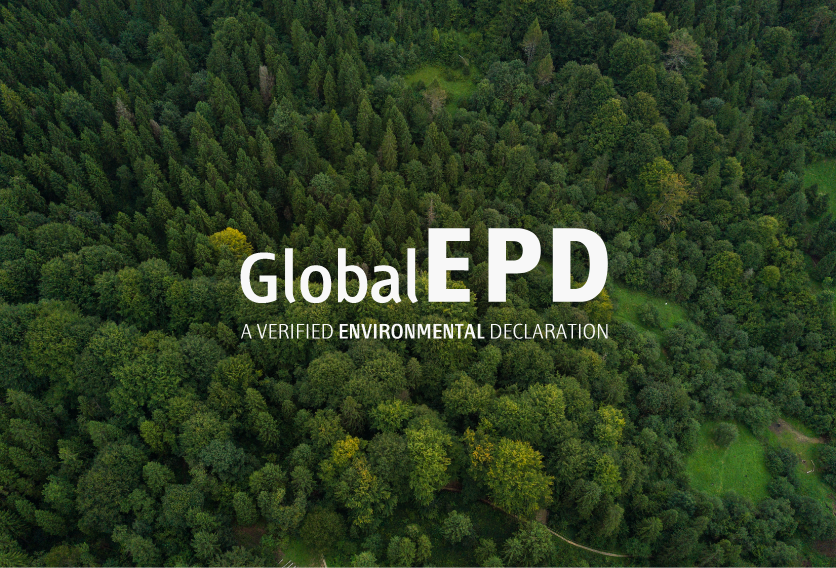


Specifically, the environmental indicators that are quantified in a DAP are:
Impact categories:
- Global warming, kgCO2eq
- Ozone depletion potential, kgCFC-11eq
- Acidification, kgSO2eq
- Eutrophication, kgPO4eq
- Tropospheric ozone formation potential, kg C2H4 eq
- Potential for depletion of abiotic resources18, kg Sb eq
- Fossil fuel depletion potential, MJ
- Waste (kg/UF): differentiating hazardous and non-hazardous discharges
Other output flows (kg/UF): Materials for recycling, reuse or recovery energetic
Use of resources:
- Use of renewable primary energy, MJ
- Use of non-renewable primary energy, MJ
- Use of secondary materials, kg
- Use of renewable secondary fuels, MJ
- Use of non-renewable secondary fuels, MJ

